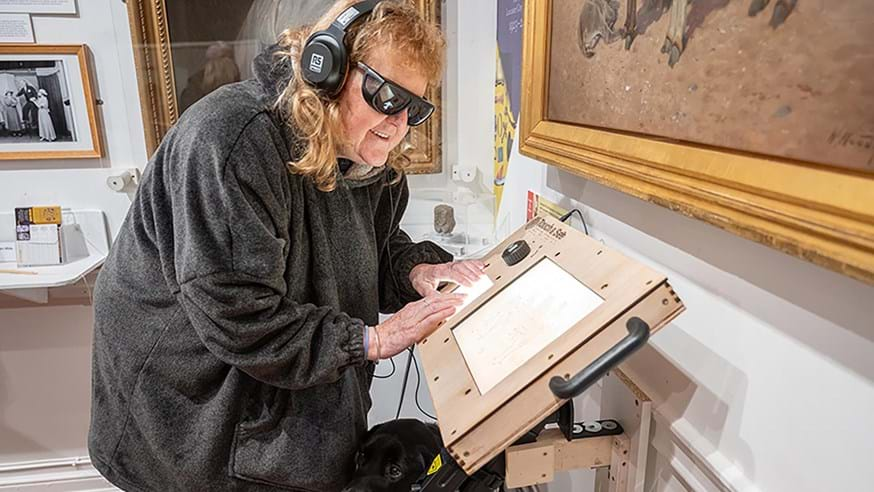Lancaster University’s School of Engineering has won an award for the Touch & See project, which improves accessibility for visitors with sight loss at Lancaster City Museums. The project developed a low-cost haptic stand holding backlit lithophanes—3D representations of 2D images—produced with 3D printing. These lithophanes enable visually impaired museum visitors to engage with artwork through touch, aided by audio descriptions and headphones for a multi-sensory experience.

Led by Tom Abram and Chris Lambert from Lancaster University, in collaboration with Lancaster City Museums and Galloway’s Society for the Blind, the project received the Creative Applications Award 2024 at the TCT Awards. The haptic stand, excluding labor, costs under £100, making it accessible for small and medium-sized museums and galleries. The initiative was supported by the Engineering and Physical Sciences Research Council (EPSRC) Impact Acceleration Account.
Lancaster University students contributed to the project by evaluating and enhancing the design. Undergraduate researchers Nathan Lister and Kamila Jablonska played key roles in user feedback and technical development. Currently, units are installed at Lancaster City Museum and the Maritime Museum, with plans to expand to more locations across the UK to validate the proof-of-concept.
“This is a remarkably successful project that has brought together three unique organizations with very different perspectives and expertise,” said Chris Lambert, Lancaster University’s Programme Manager for Engineering Engagement.
“This diversity has undoubtedly contributed to the success of the project and the solutions that have been developed by our engineers. It is a partnership we anticipate will grow as we seek further funding opportunities to scale-up our solutions so that other places of historic and cultural significance can benefit from using technology to increase accessibility.”
The project demonstrates how 3D printing can be utilized to create inclusive museum environments, offering a tactile and auditory way for people with sight loss to experience art.
Source: lancaster.ac.uk

